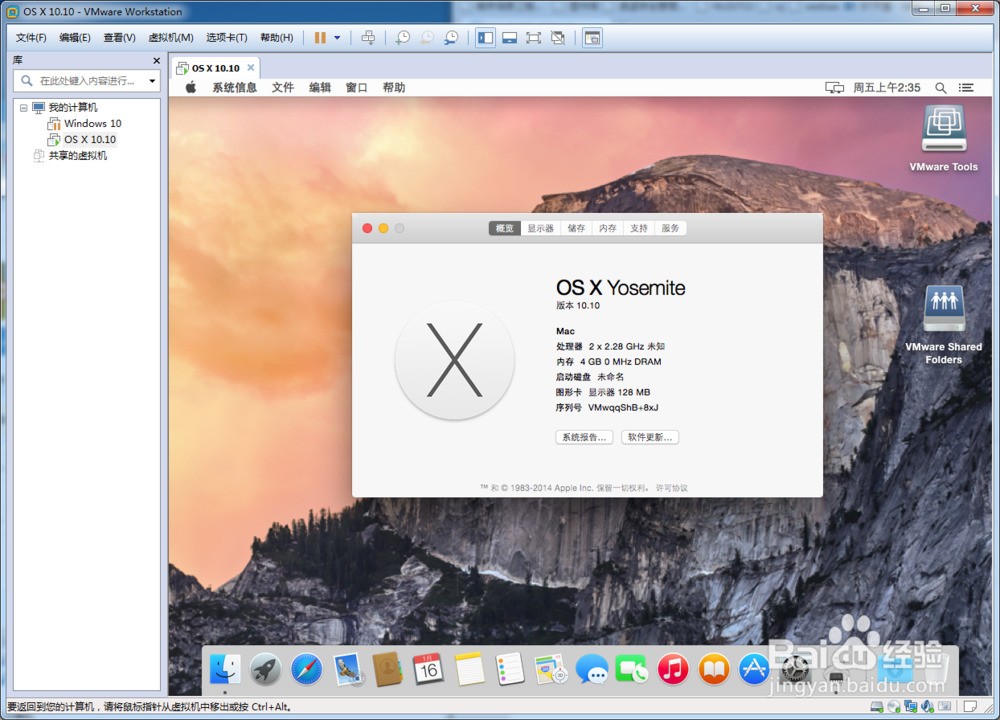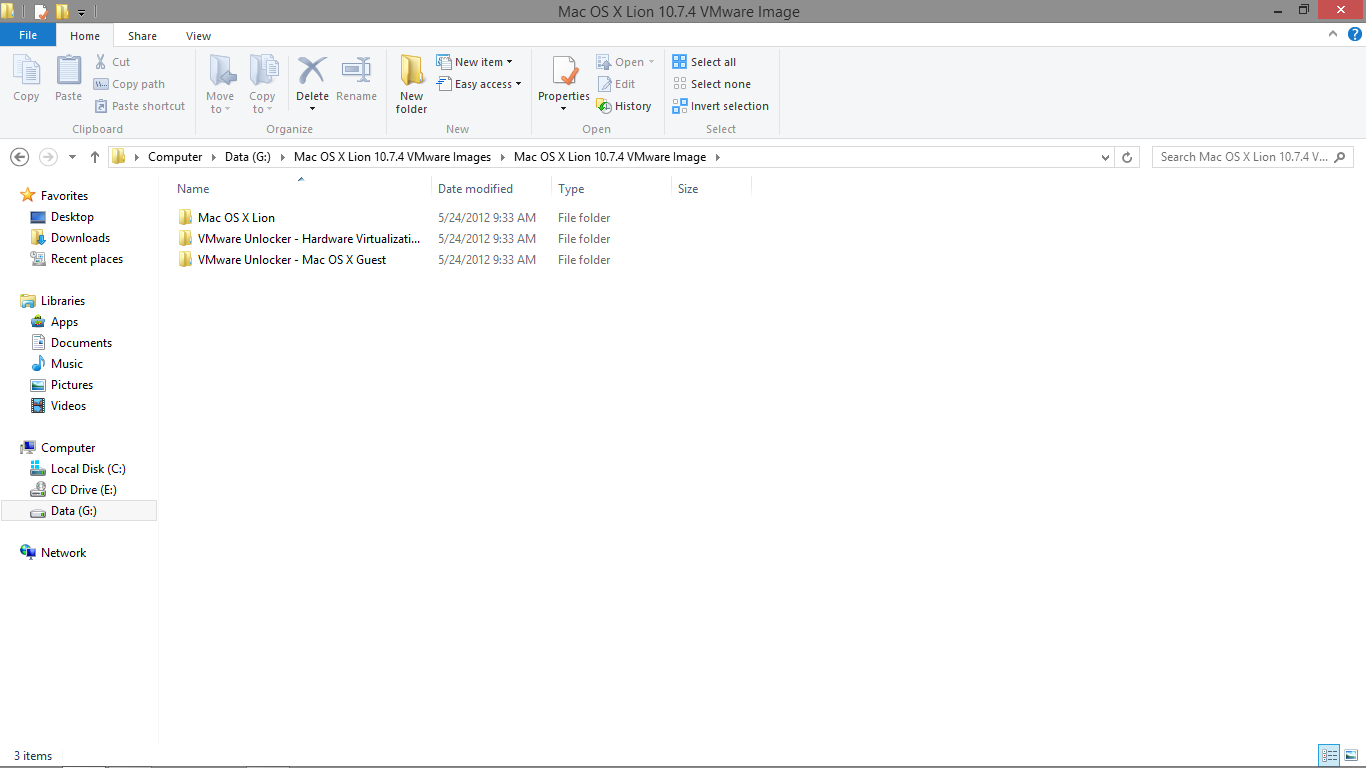

It still isn't quite time to fire up your macOS Monterey virtual machine. Use the Command Prompt to Add Custom Code to VirtualBox Finally, head to the USB tab and select USB 3.0, then press OK.ģ.Browse to and select your macOS Monterey disk image. Next, select the disk icon alongside Optical Drives. Now, under Storage, select the blank disc under Storage Devices.Under Display, set Video Memory to 128MB.Make sure the Enable PAE/NX box is checked.If you have a CPU with power to spare (such as an Intel Core i7 or i9 with multiple extra cores), consider assigning more. Under System, remove Floppy from the boot order.The code snippets that an AMD system requires to boot a macOS Monterey using VMware on AMD hardware differs from the Intel code, but you can find the tutorial and the code snippet in the sections below. This tutorial will focus on installing macOS Monterey in a virtual machine running on Intel and AMD hardware, using either VirtualBox or VMware Player. Monterey is the latest stable macOS version at the time of writing, although macOS Ventura is just around the corner, You can find the download links for macOS Monterey in the next section. Download the latest version of VMware Player.Download the latest version of VirtualBox.The tutorial details how to create macOS virtual machines using both Oracle VirtualBox Manager (VirtualBox) and VMware Workstation Player (VMware Player).


What Files Do You Need to Create a macOS Virtual Machine on Windows 10?īefore delving into the "how-to," you need to download and install the essential tools. Like running from an SSD drive.So, here's how you install macOS in a virtual machine on Windows, making a virtual Hackintosh that lets you run Apple apps from your Windows machine. You're telling us your demanding apps aren't really suitable to run in a VM, but for the sake of excluding reasons to get the type of setup you are asking for, what sort of demanding app do you want to run? Depending on that there might be other ways to mitigate the "demanding" factor. You probably know this already, but with bootcamp and importing your bootcamp as a VM you are getting pretty close to what you seem to be asking for. For VMware there's really little motivation to do this as it will not be very helpful in the relationship with apple who will see this as extra help for the people who want to break the EULA.

Just checking for EFI is not enough, there's motherboards which are used for windows PC's that use EFI, so it would have to check for more as just the EFI firmware.


 0 kommentar(er)
0 kommentar(er)
